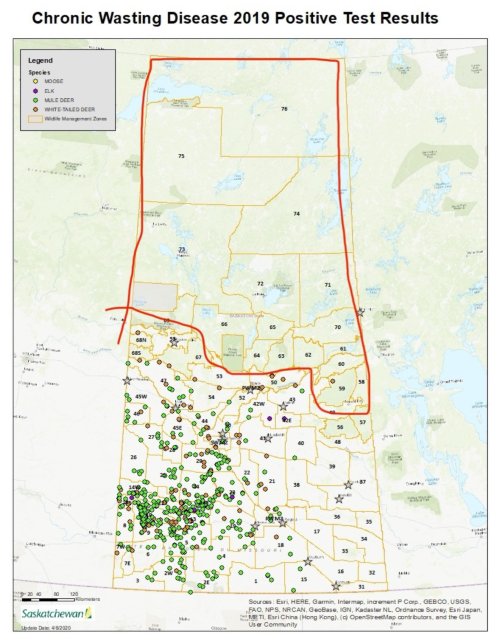I get that is good news, but we have to acknowledge how it was accomplished. The disease has been around for hundreds of years and there is no “magic bullet”. I have hope because science has come so far over the last 30 years, but we need to be realistic.
Yes, I agree with all of that. I didn’t make the comparison between the two in the first place- I pointed out why it probably wasn’t a good comparison to hold up in this instance.







